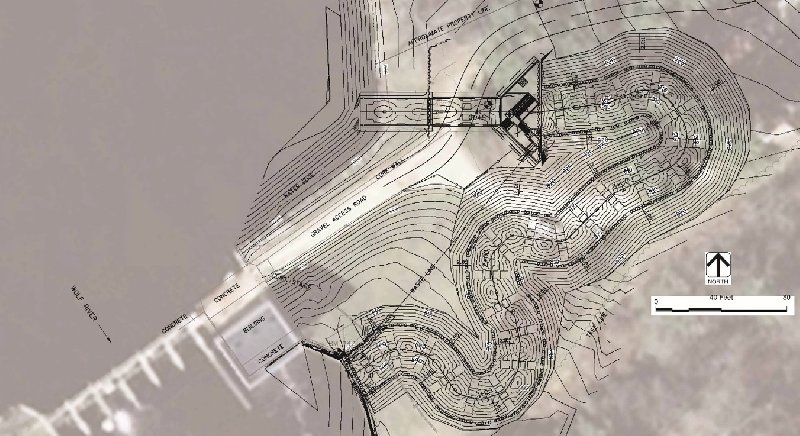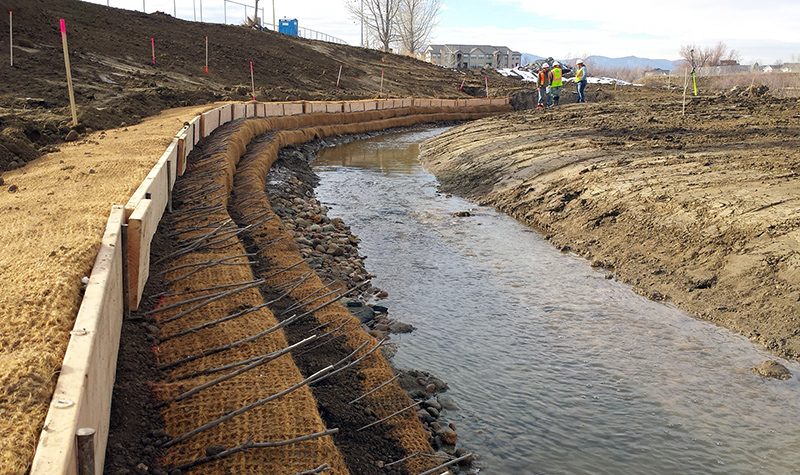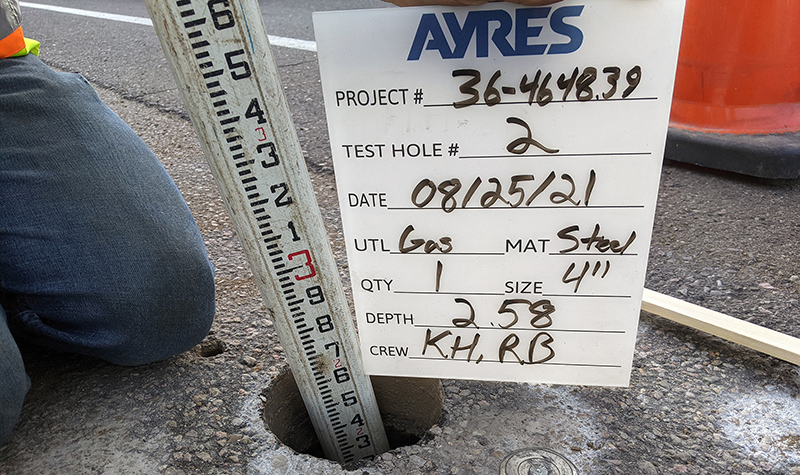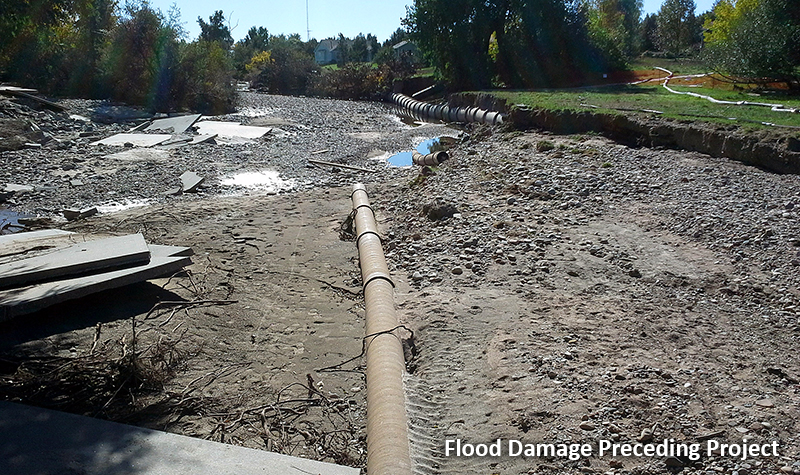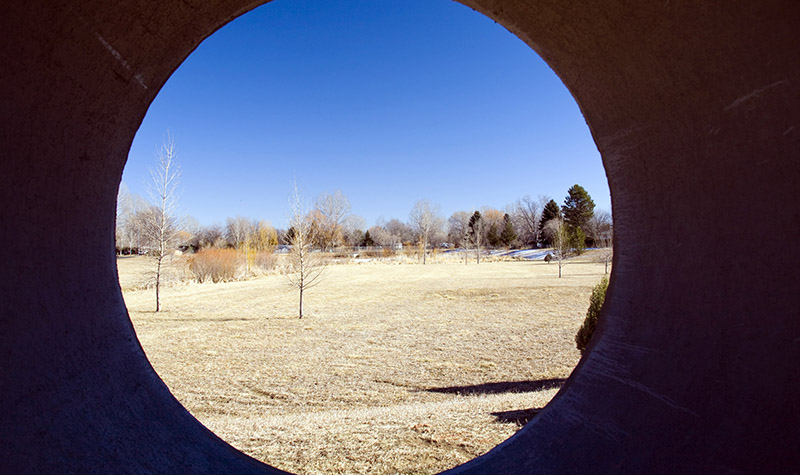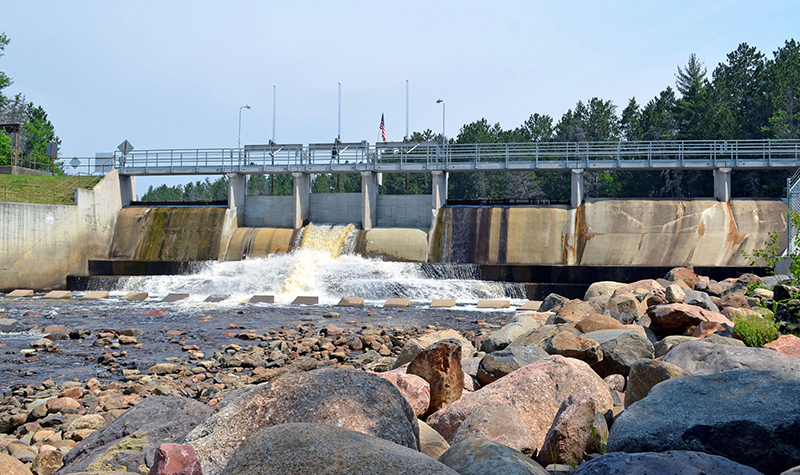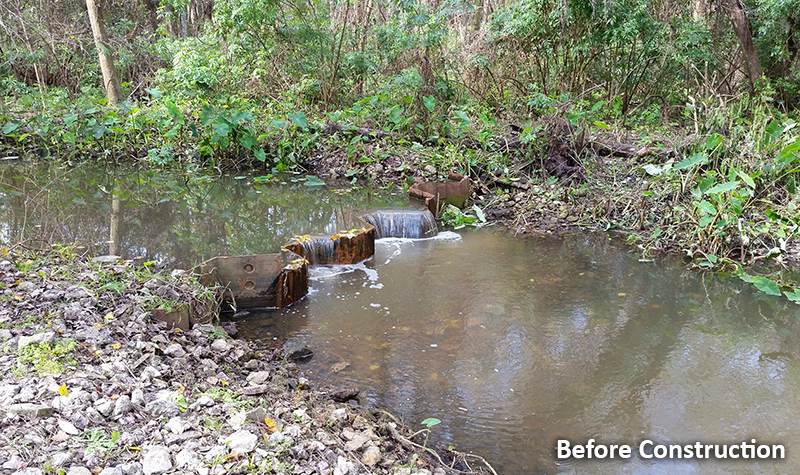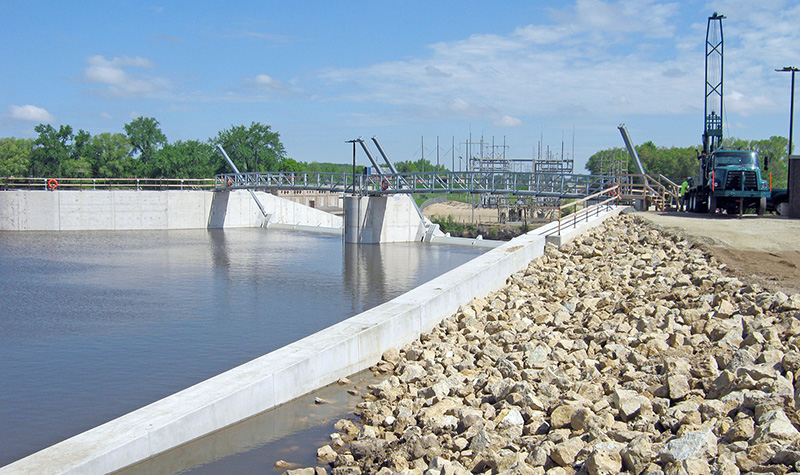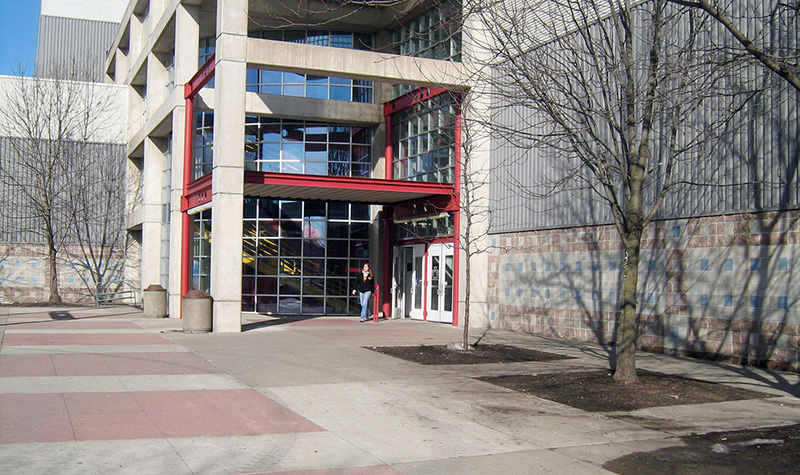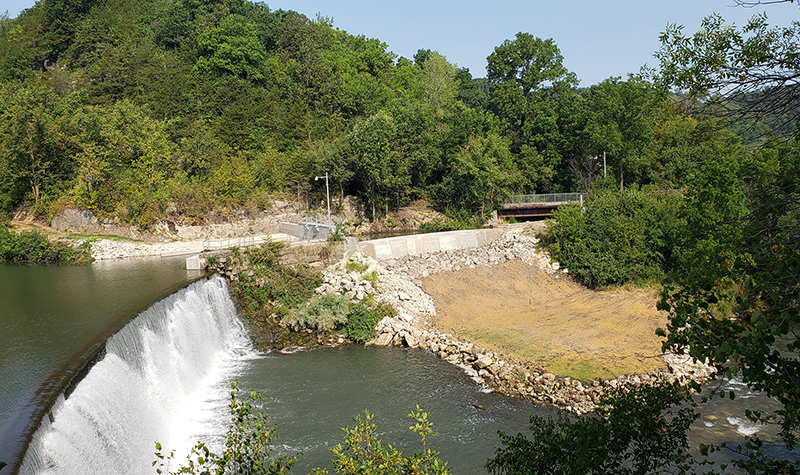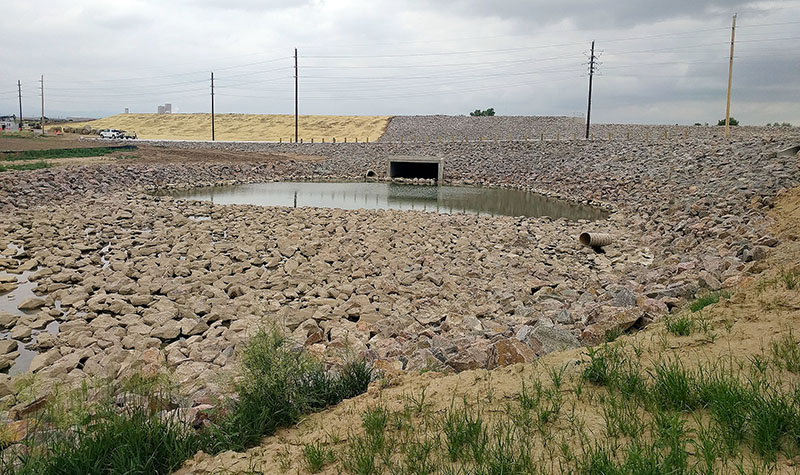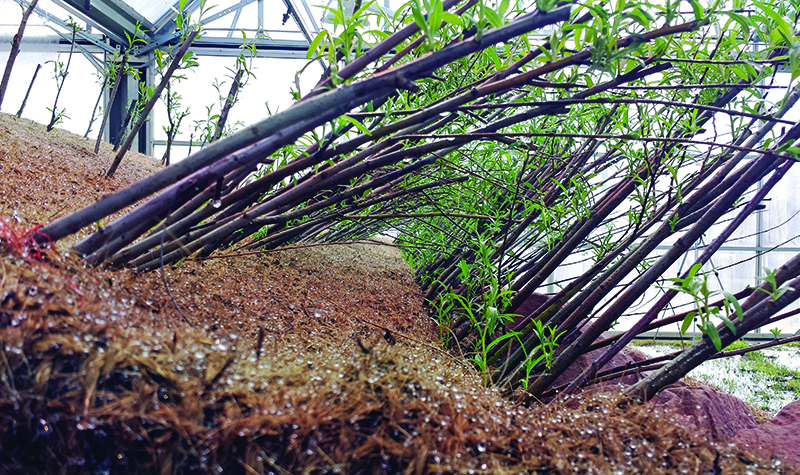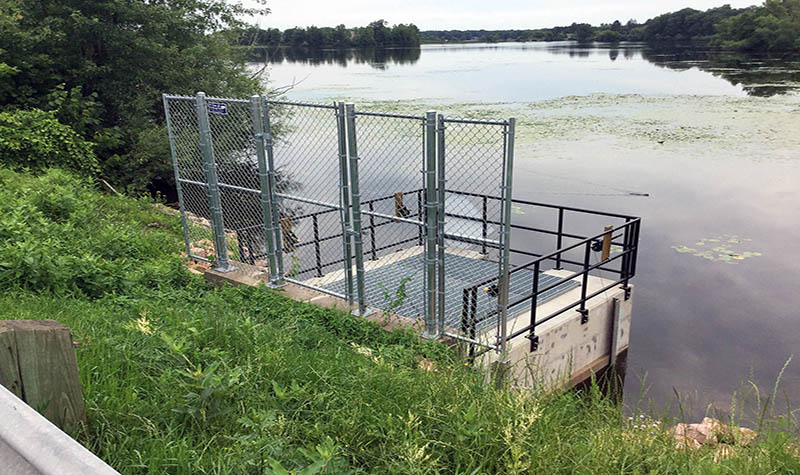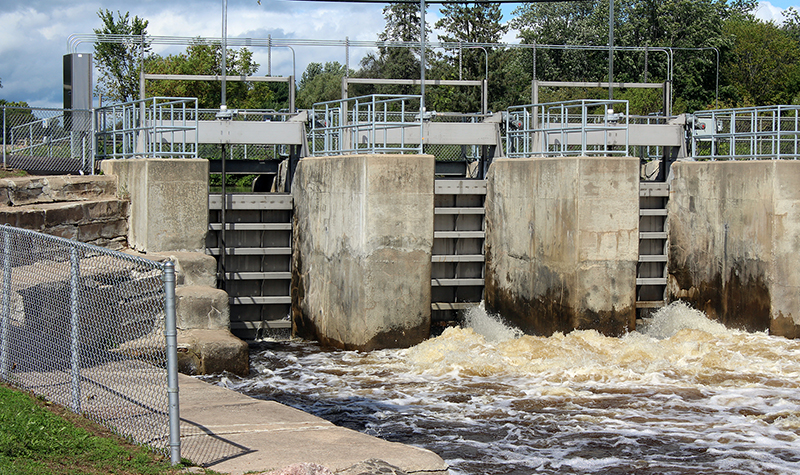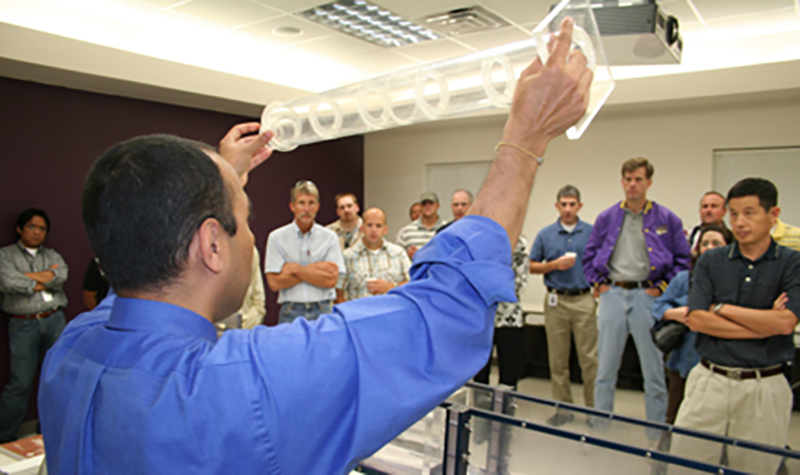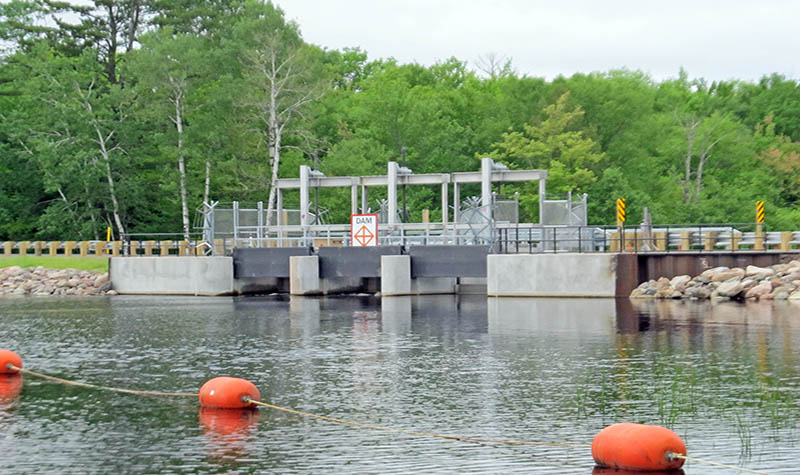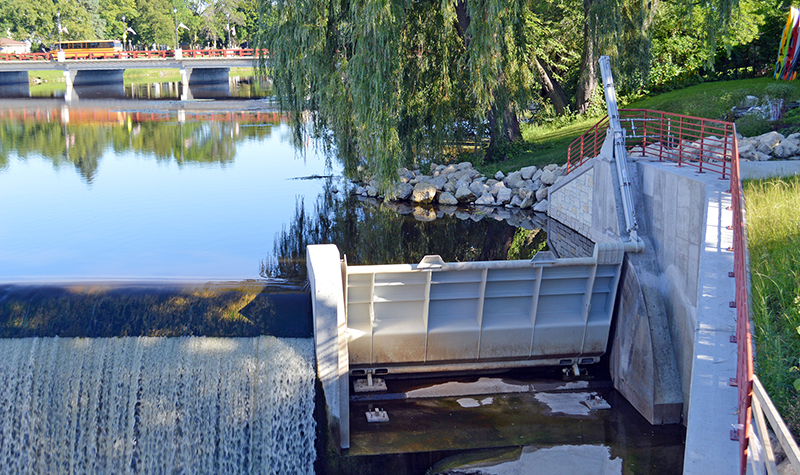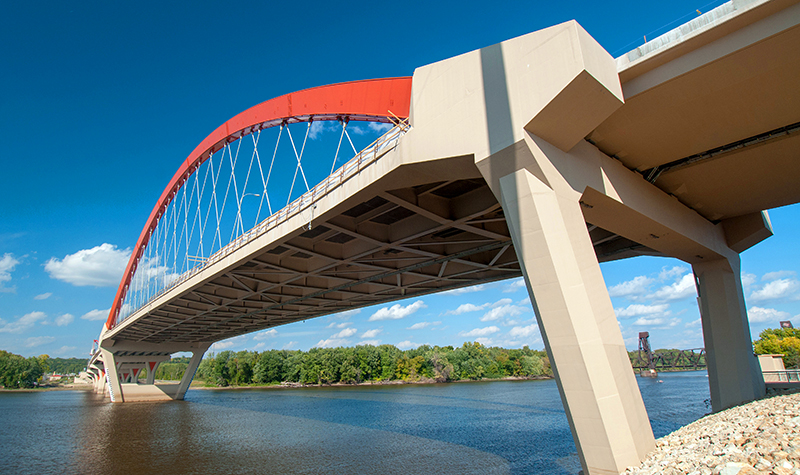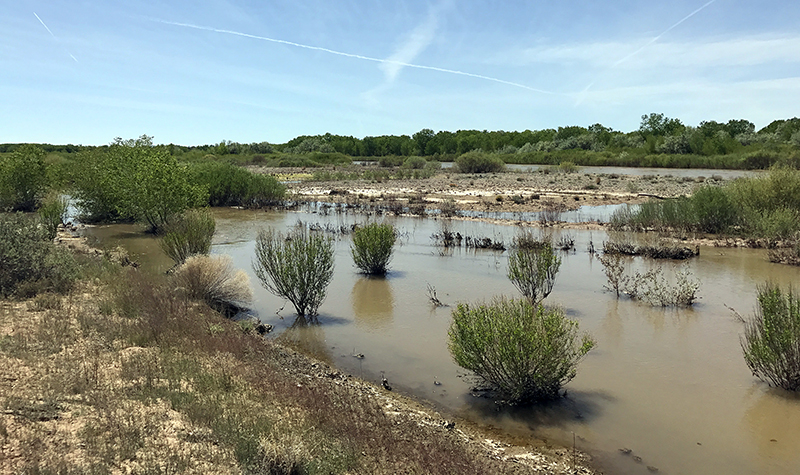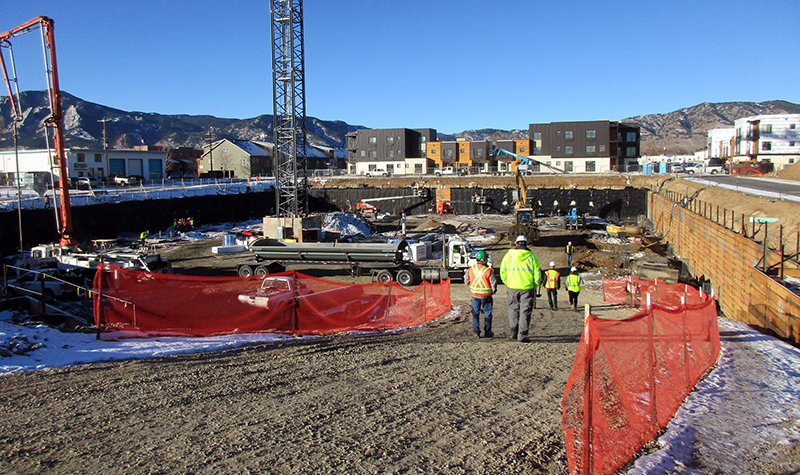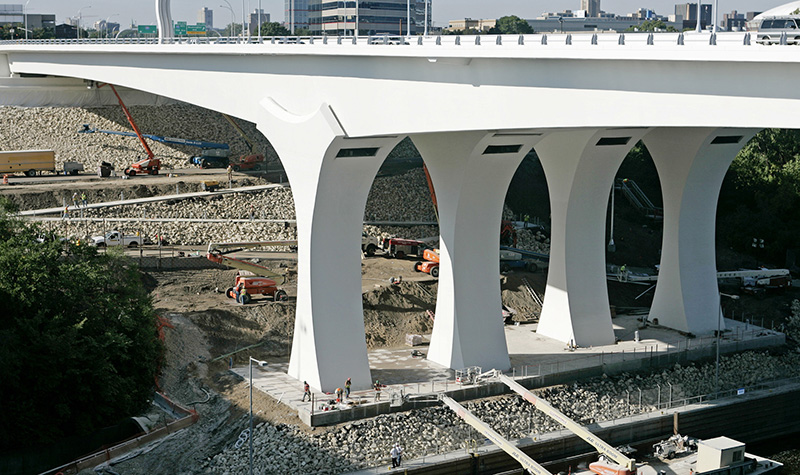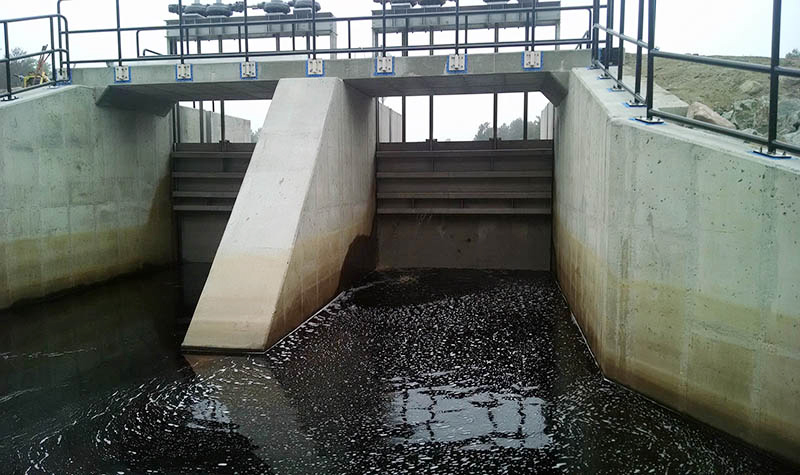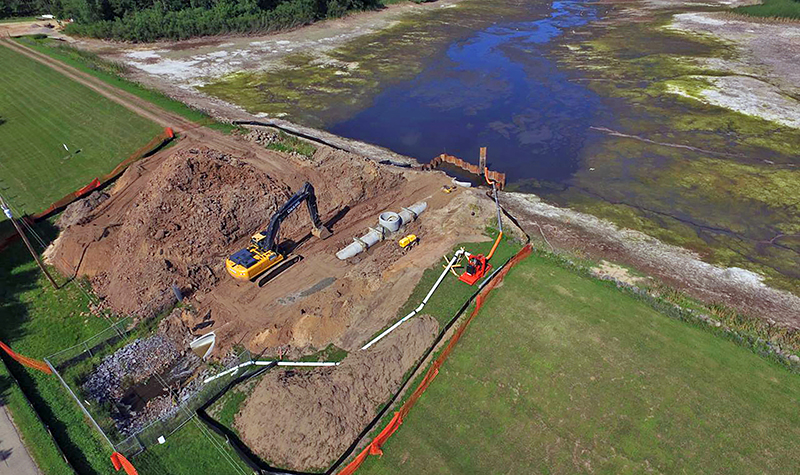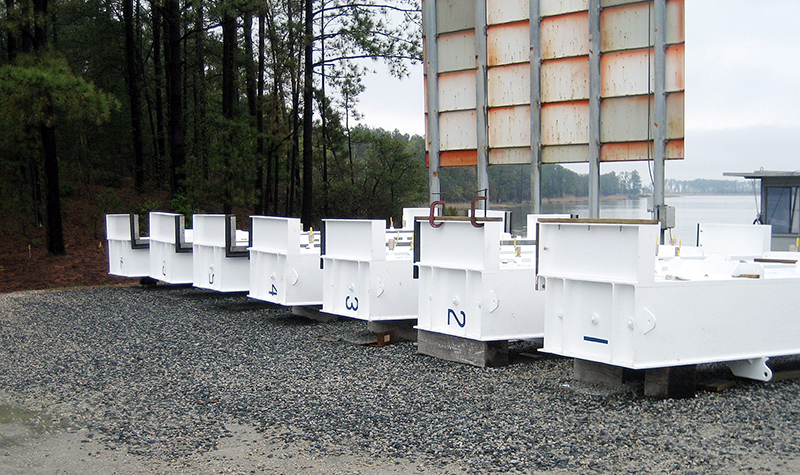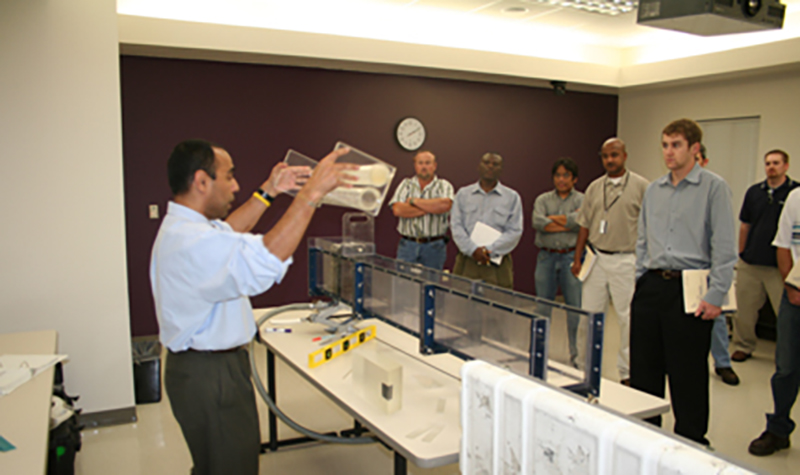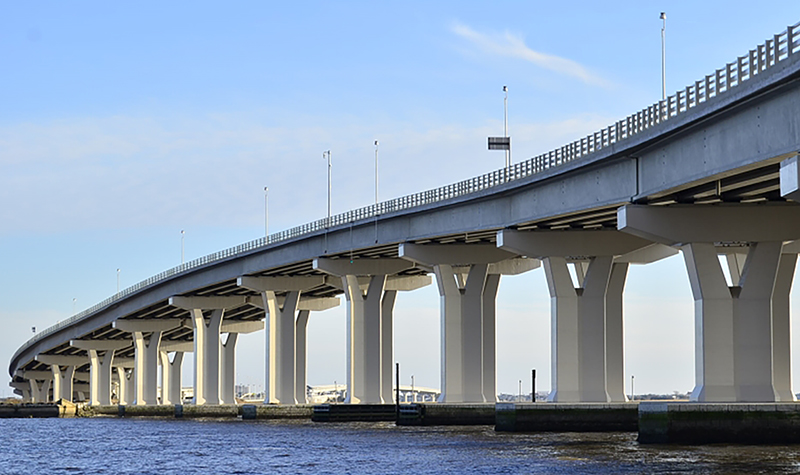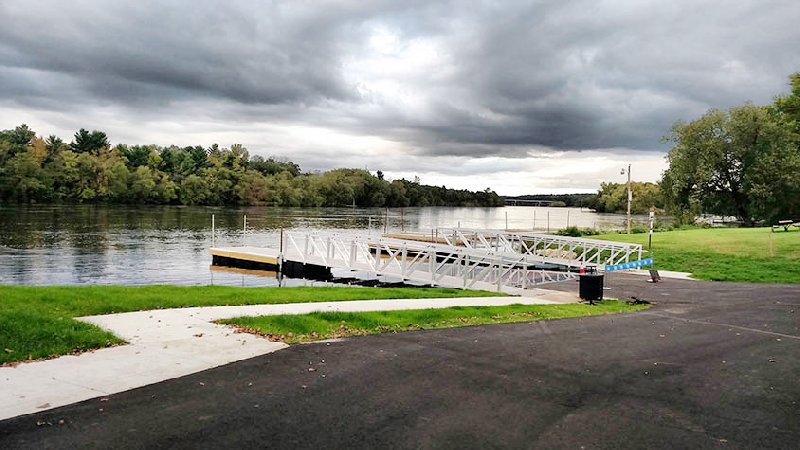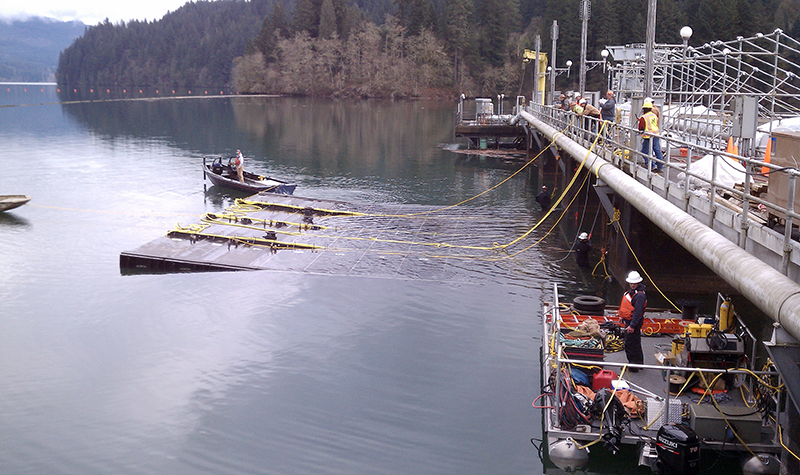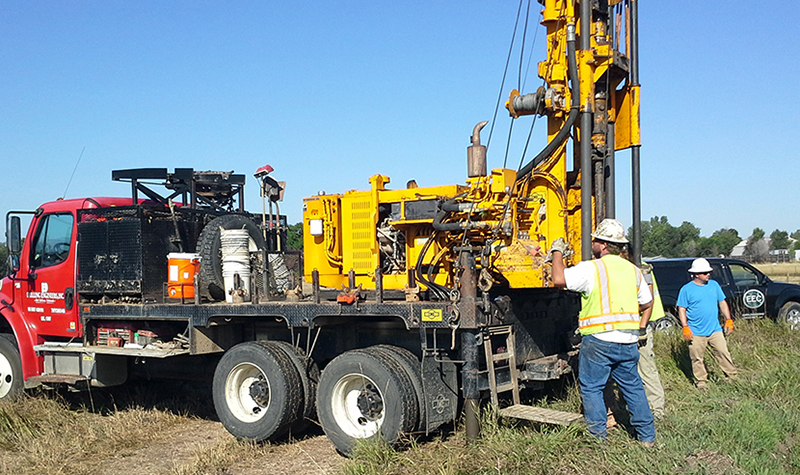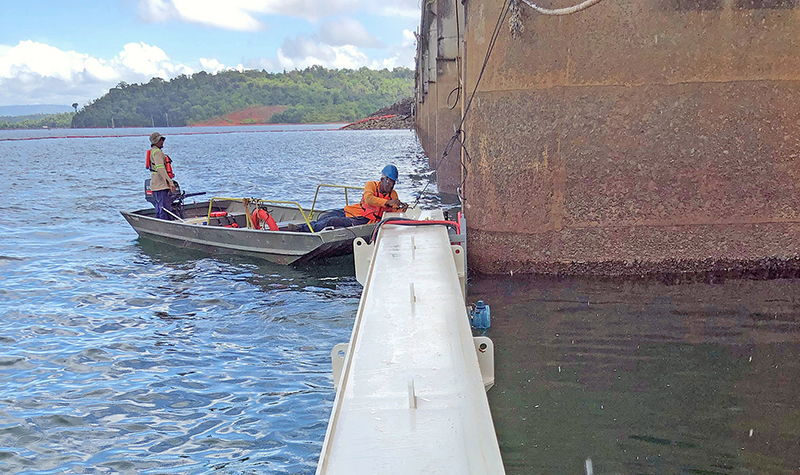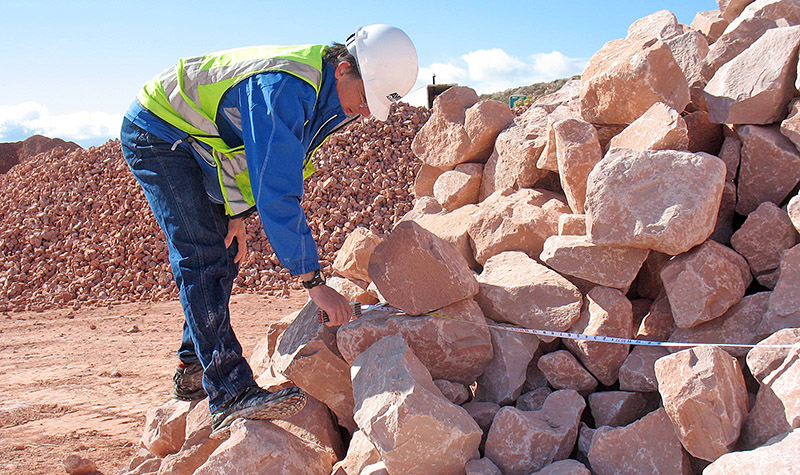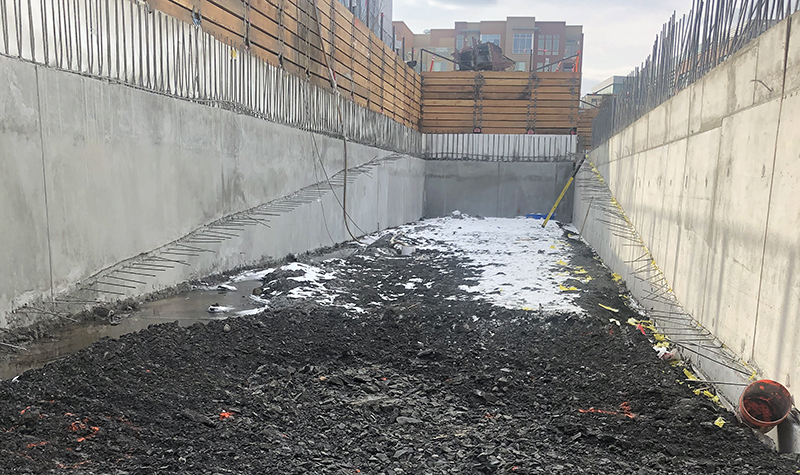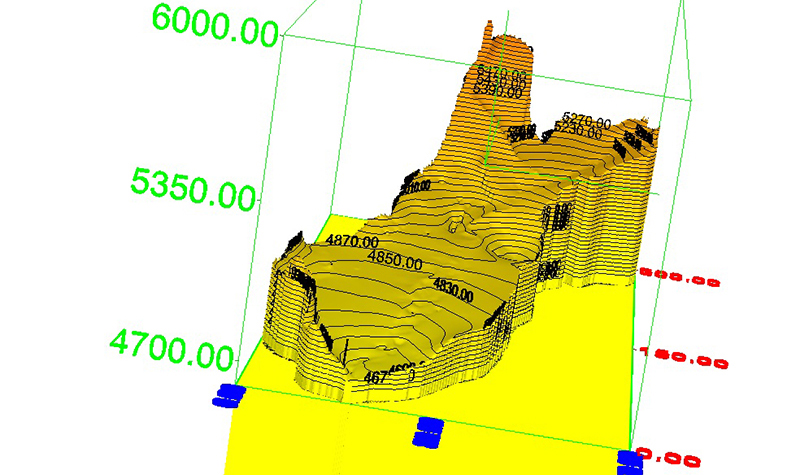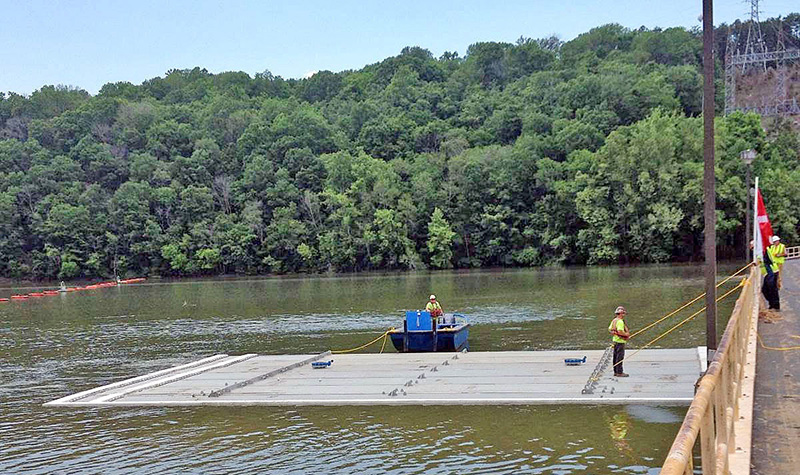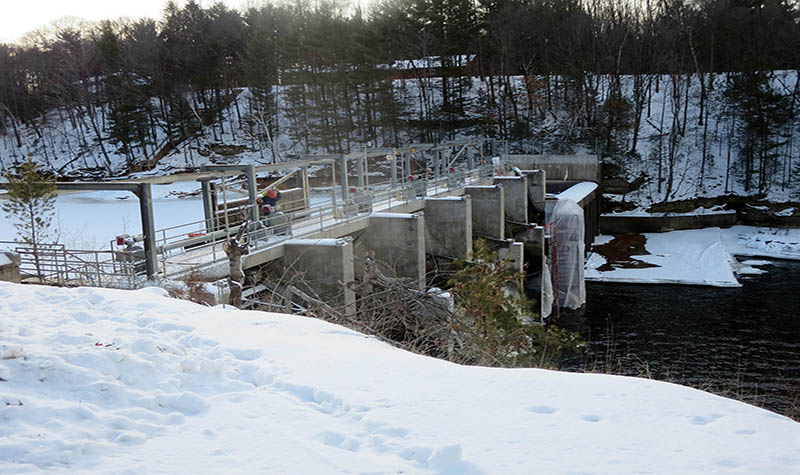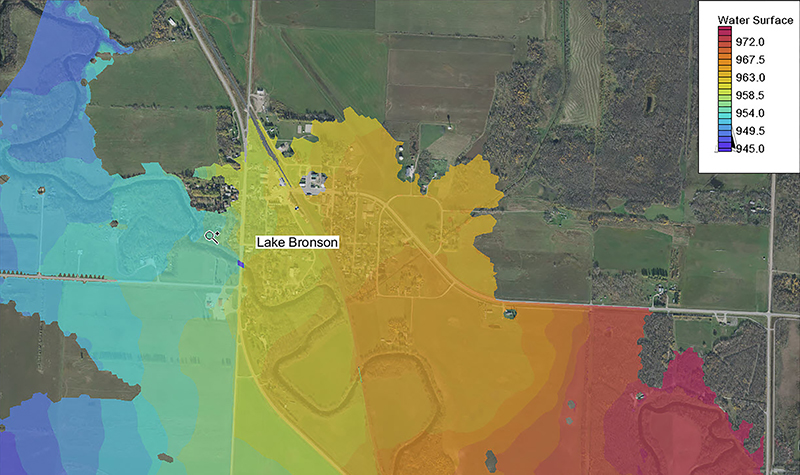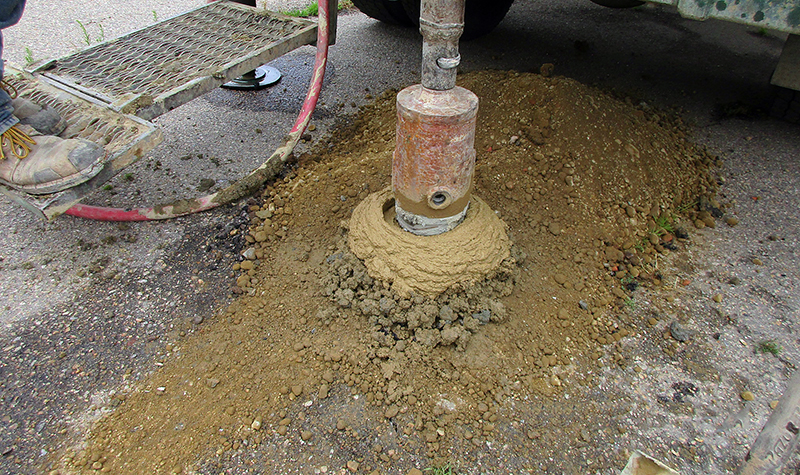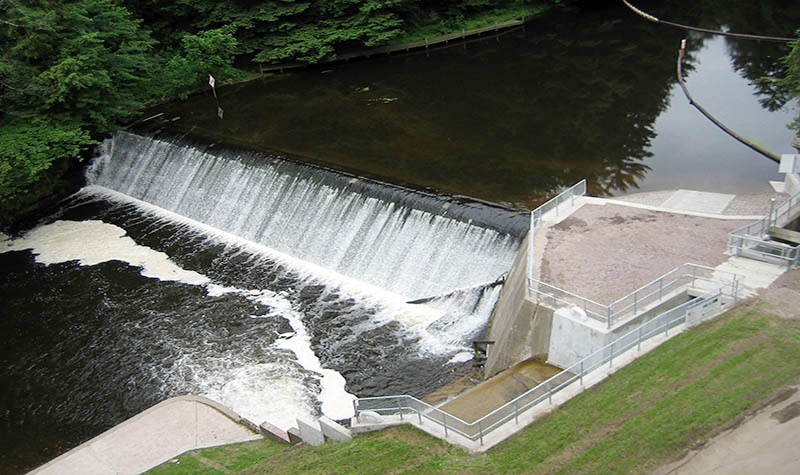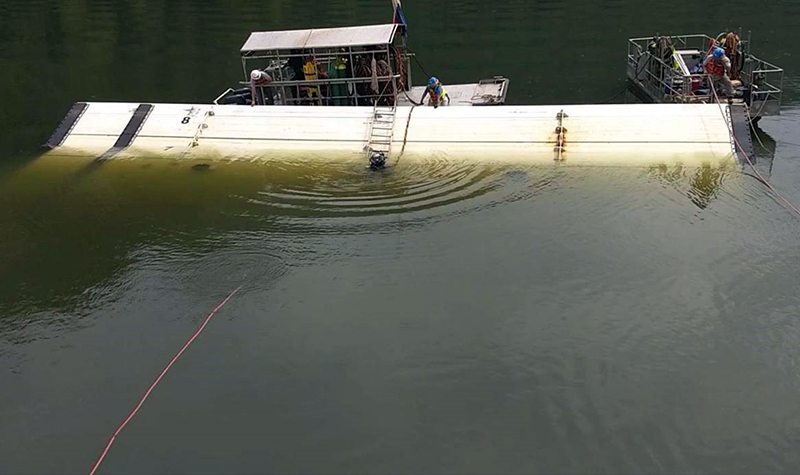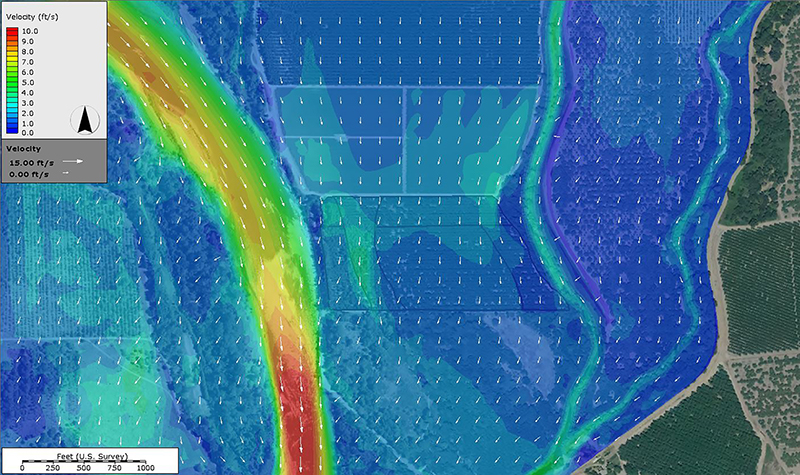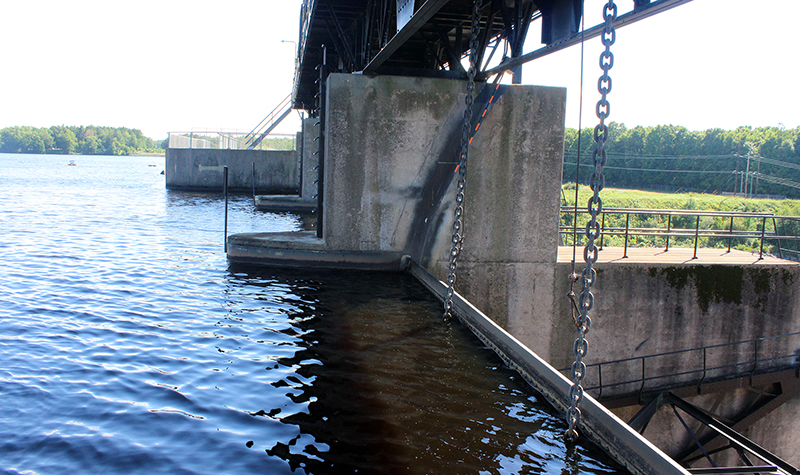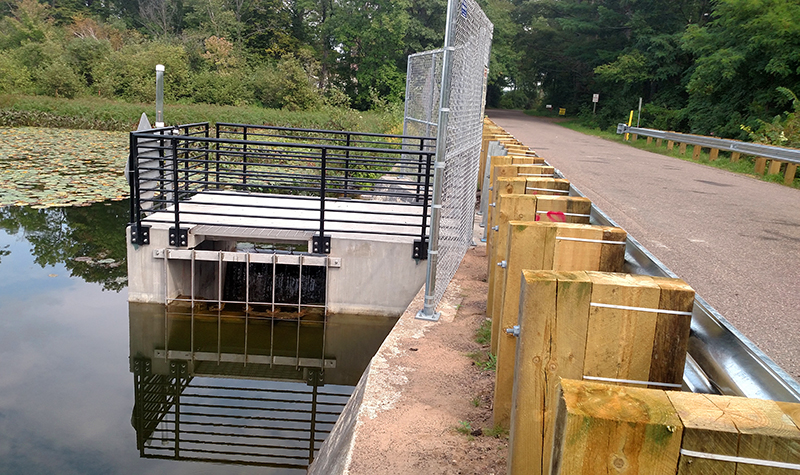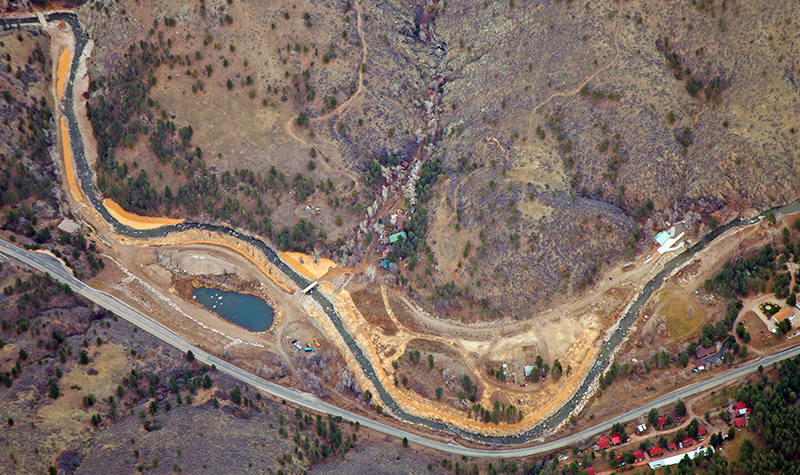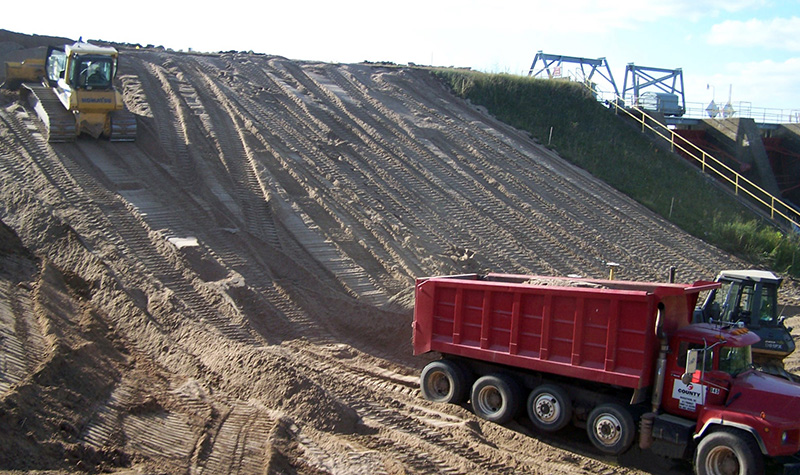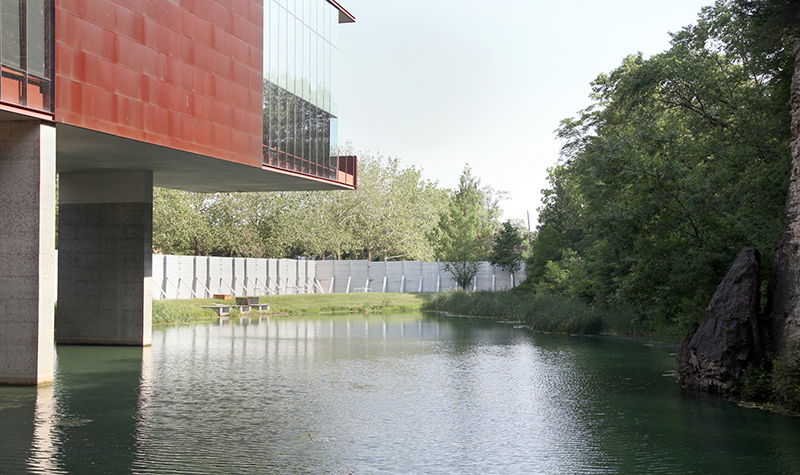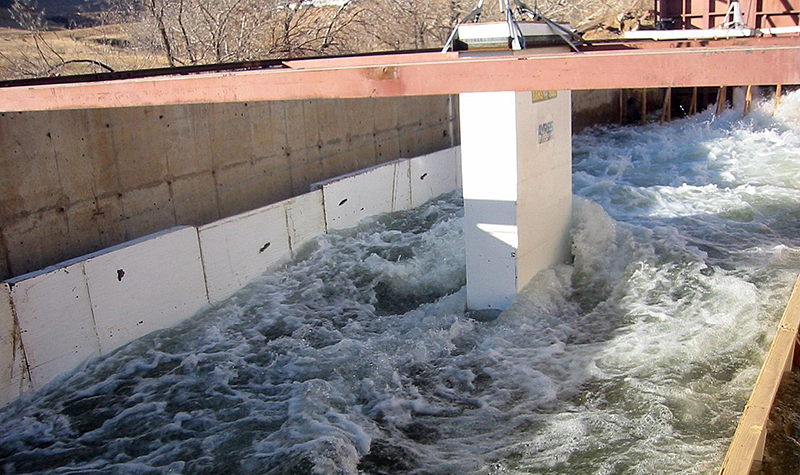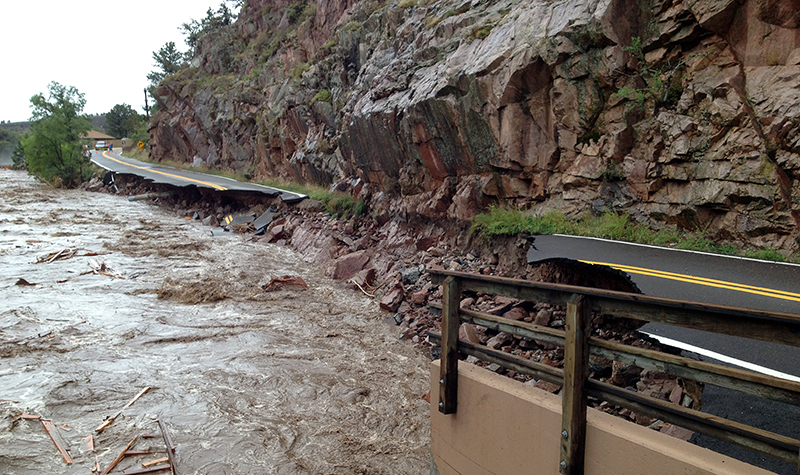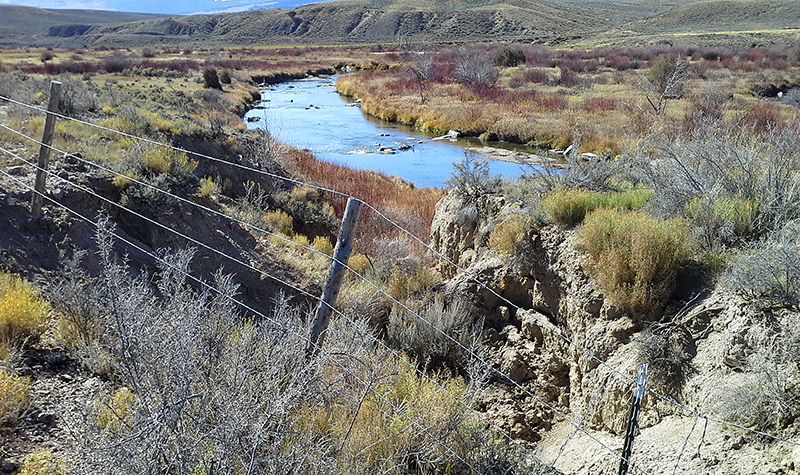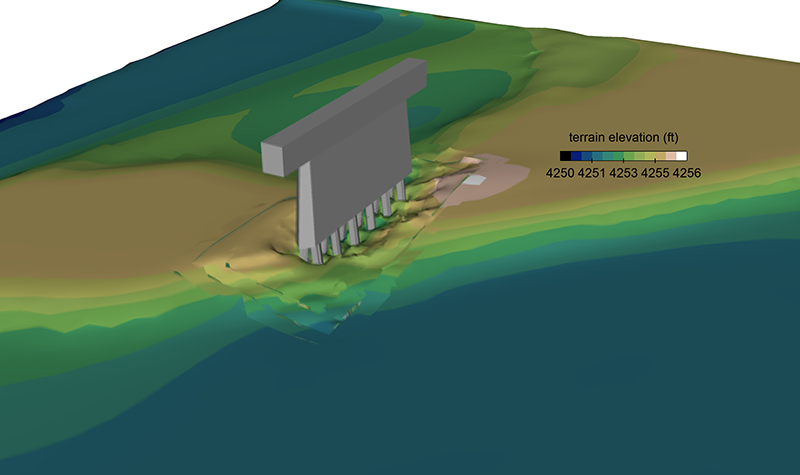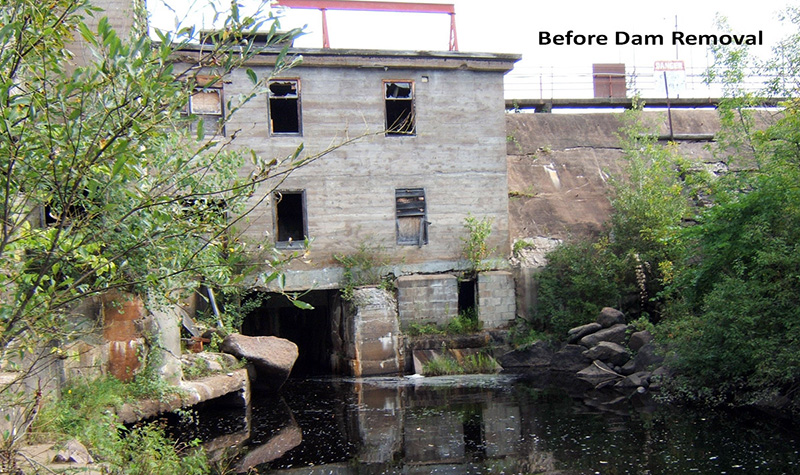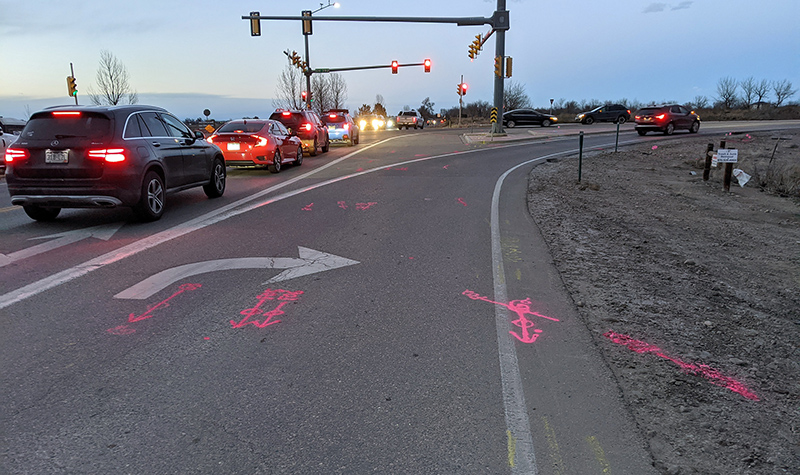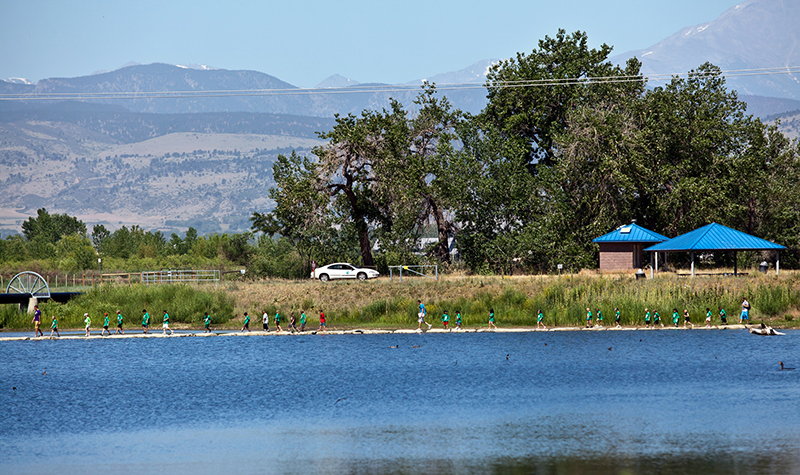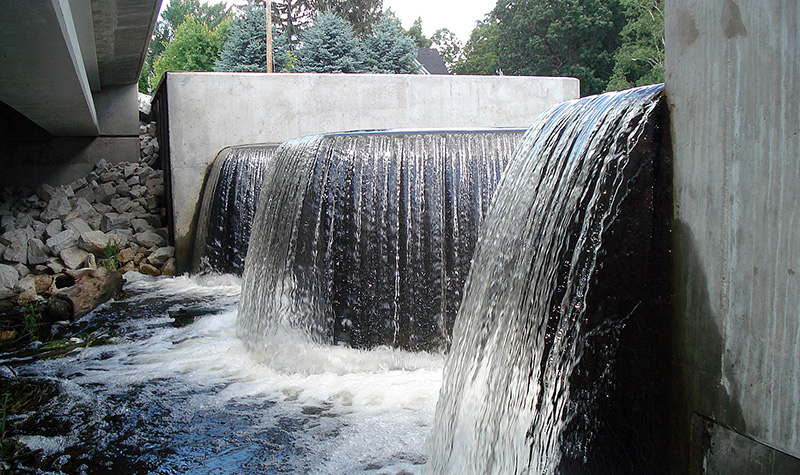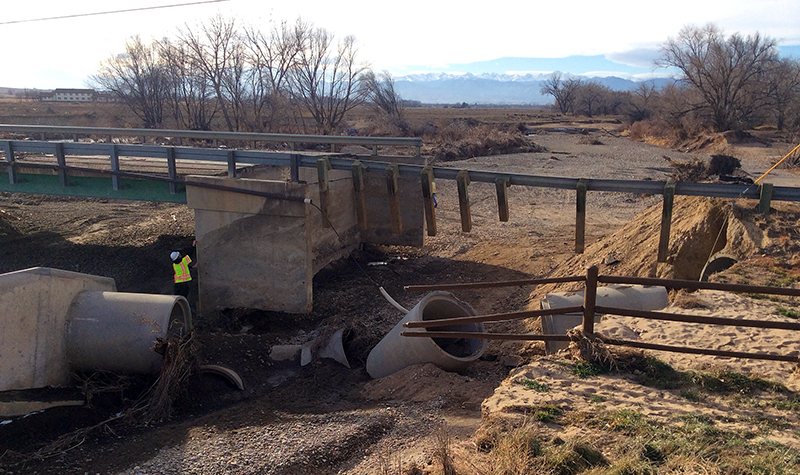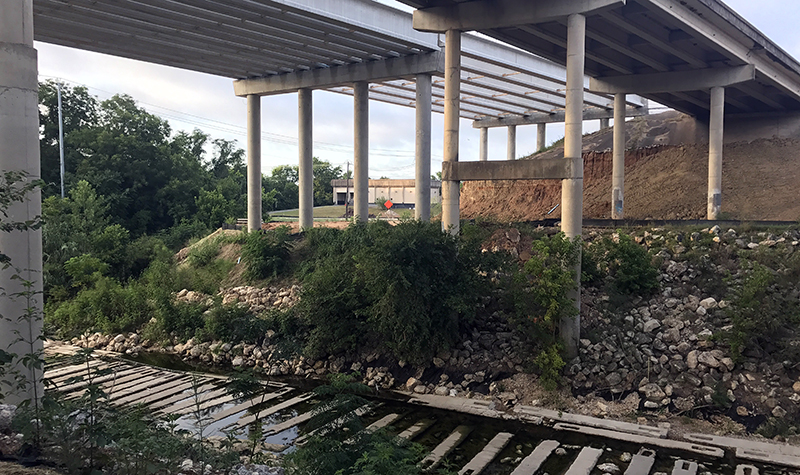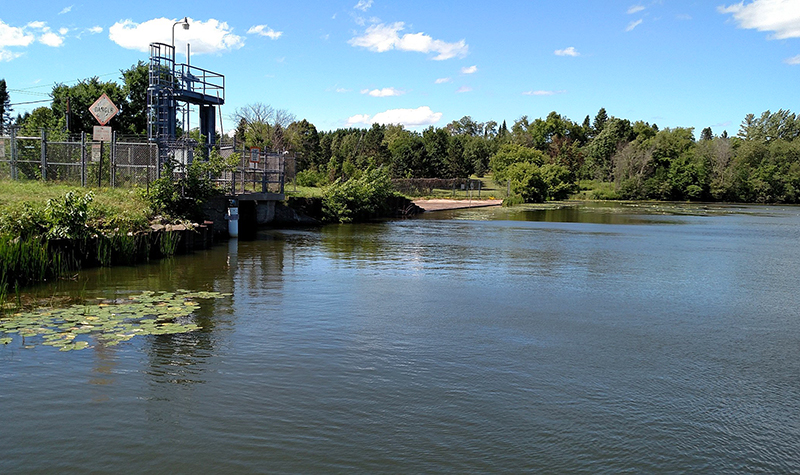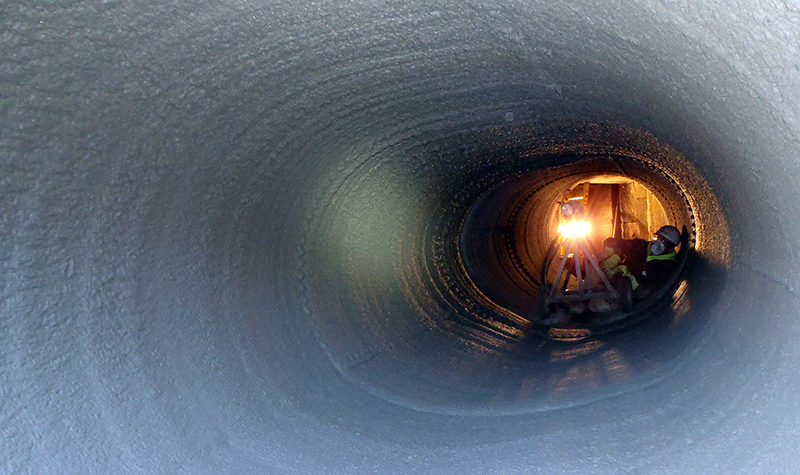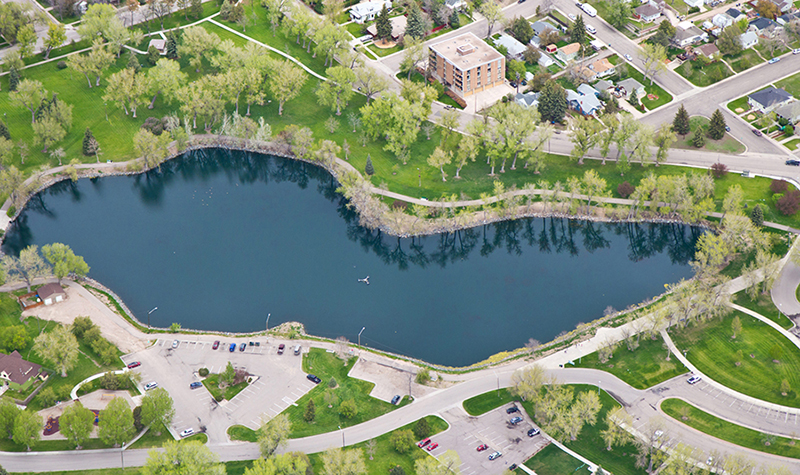Balsam Row Dam Fish Passage Design
« Return to Project SearchRe-establishing a lake sturgeon population in the upper reaches of Wisconsin’s Wolf River is a longstanding objective of state and federal resource agencies and the Menominee Indian Tribe of Wisconsin. Currently the Balsam Row hydroelectric project outside Shawano is one of two remaining man-made barriers to sturgeon moving from the Lake Winnebago system upstream to tribal lands. In 2015 Ayres’ design team designed a nature-like fishway with an integral trap-and-sort facility to address the complex and competing interests of the Menominee Tribe, the Wisconsin Department of Natural Resources (WDNR), and the U.S. Fish & Wildlife Service (USFWS), as well as Federal Energy Regulatory Commission (FERC) license agreements.
This multidisciplinary project involved providing design and support services for multispecies fish passage, fish handling for up to 84-inch sturgeon, sorting facility operation, fish exclusion systems, attraction flow consideration, hydraulic capacity studies, embankment stability, embankment underseepage, gated outlet works, and understanding of the FERC potential failure modes analysis (PFMA) process.
The new bypass channel will serve as a permanent upstream passage route for native fish species in the Wolf River within and below the Menominee Reservation. Special emphasis was placed on lake sturgeon because of the species’ cultural significance to the Menominee Tribe, but the facility was designed to pass all species within the reference river reach.
The final design included a 400-foot-long nature way (pool-and-riffle) fish ladder to allow fish to navigate upriver to a fish sorting facility where decisions are made regarding which species to pass and where a veterinarian can check for the presence of viral hemorrhagic septicemia (VHS) and invasives. The PFMA process resulted in multiple safety redundancies, including scour-limiting cutoff walls, piping-limiting engineered embankment filters, a flood-isolating headgate, and understanding of geotechnical interactions along the interface of lean clay and glacial till soils.
Construction will require nearly 15,000 cubic yards of excavation, 4,700 cubic yards of special aggregates and boulders, 4,200 square feet of steel sheeting, and 700 cubic yards of concrete.
The initial design was funded by the Bureau of Indian Affairs, and the approximately $1.7 million construction project is awaiting additional grant funds.
Project Information
Client's NameMenominee Indian Tribe of Wisconsin
LocationShawano County, WI
Primary ServiceRiver Engineering + Water Resources
MarketState + Federal + Tribal

